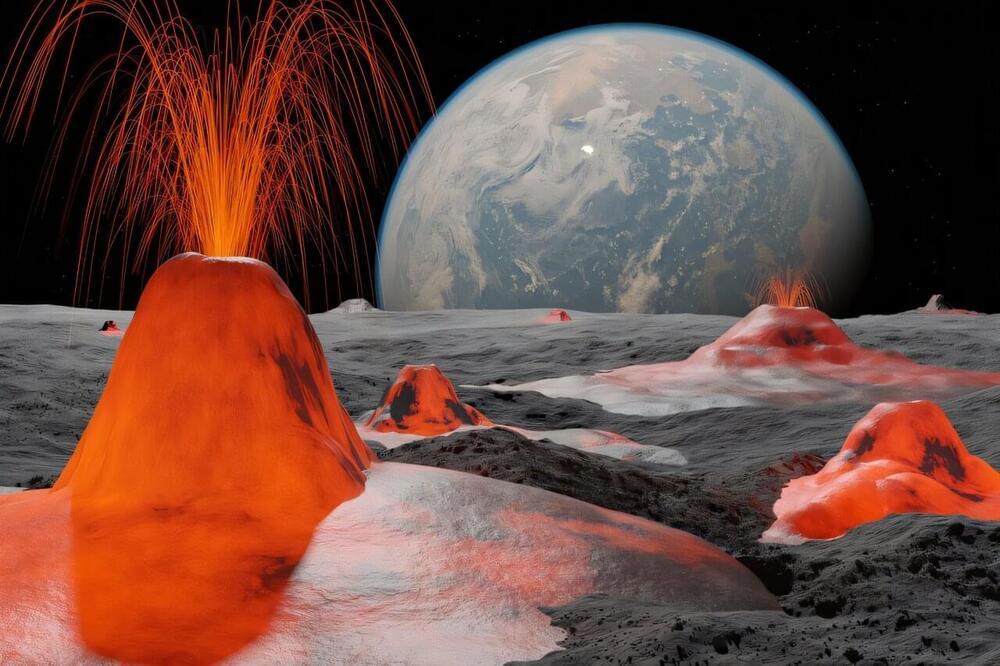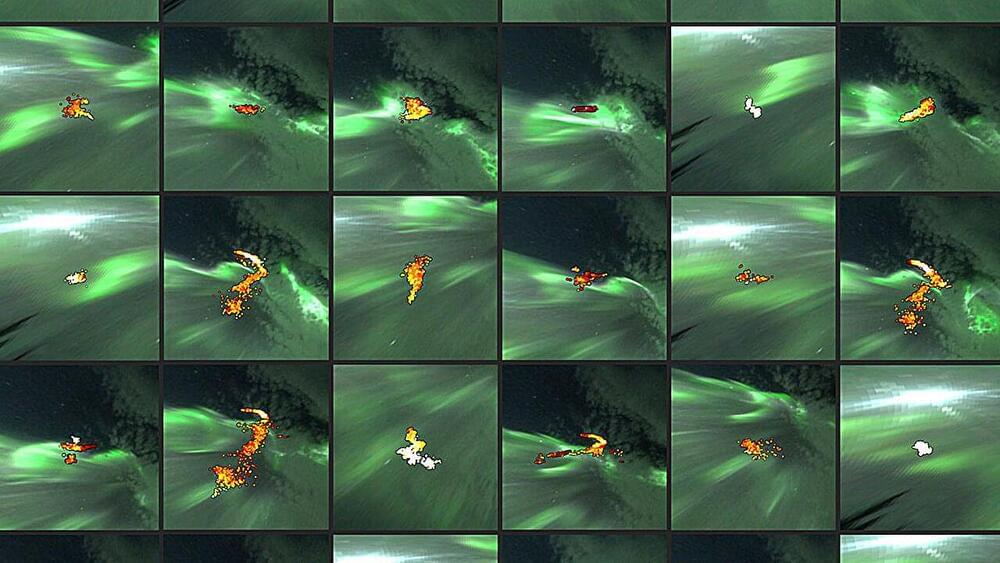Dec 19, 2024
Supercomputers expose hidden inner disk dynamics of a black hole
Posted by Shubham Ghosh Roy in categories: cosmology, supercomputing
For the first time, the “inertial range connecting large and small eddies in accretion disk turbulence” was reproduced.
Black holes cannot be directly detected by ground or space-based telescopes. But the accretion disks of gas, plasma, and dust that orbit them emit detectable electromagnetic radiation, allowing astronomers to infer the presence of black holes.
Continue reading “Supercomputers expose hidden inner disk dynamics of a black hole” »


















